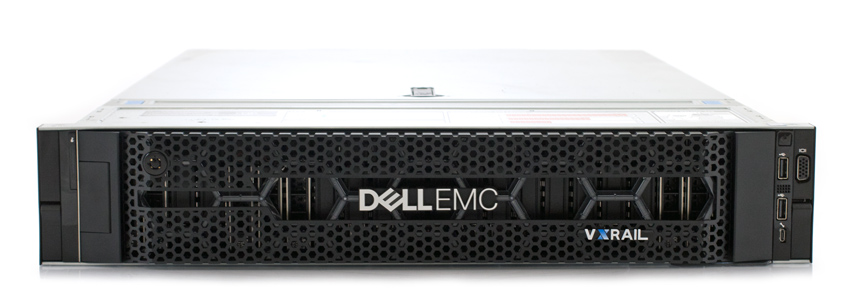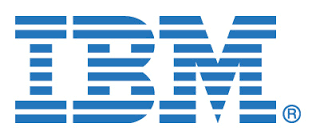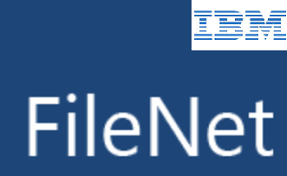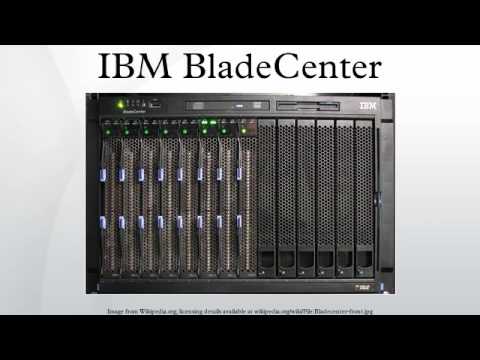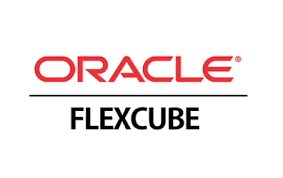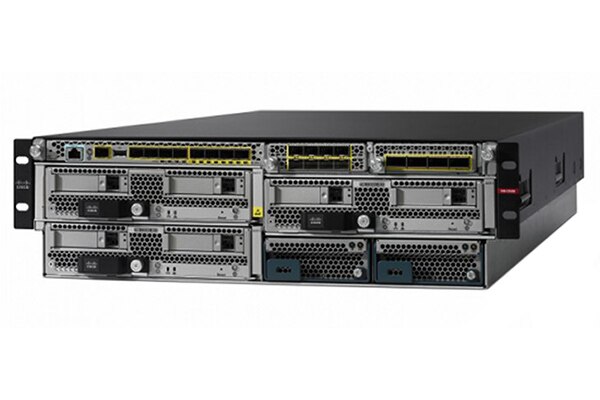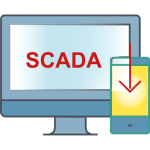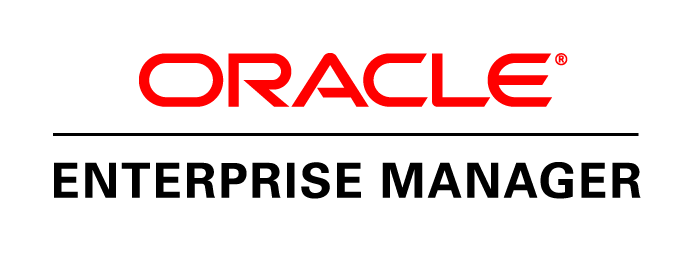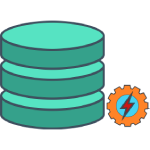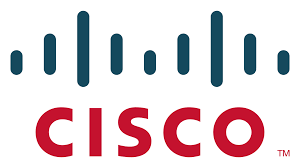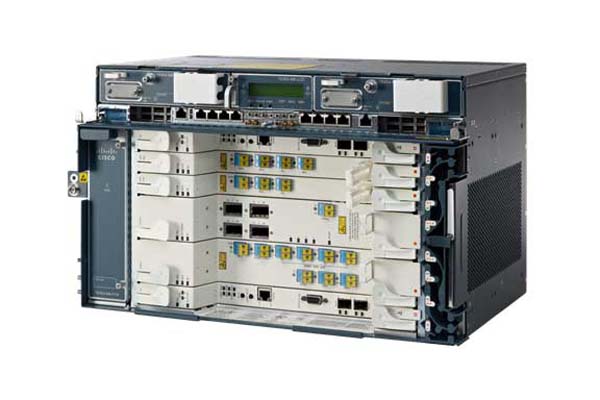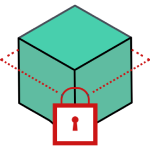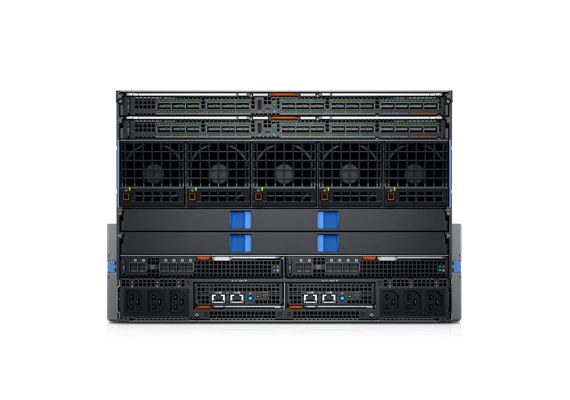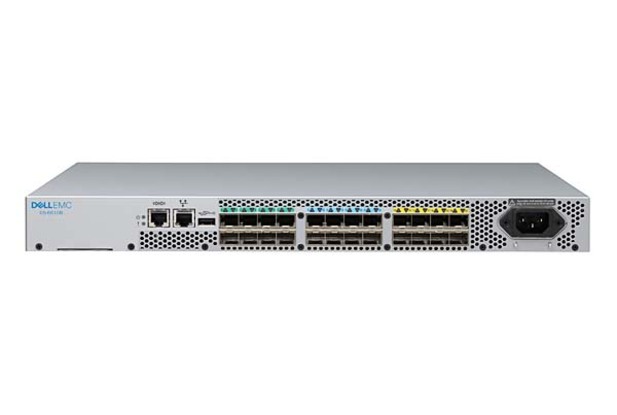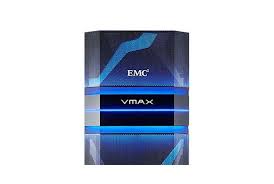
Description
DAAC System Integrator has a wide experience in projects ranging from the management audit in the IT sector, the transition to process management to new technologies.
Development and implementation of software solutions our company is carried out in accordance with the requirements of ISO 9001: 2008 "software development and information system implementation". Information security meets the requirements of ISO / IEC 27001/2005 standard "software development and information system implementation". Development of automation projects of state institutions and public administration carried out in accordance with the technical regulations "process of the software life cycle" RT 38370656 - 002: 2006.
With considerable experience in the development and implementation of various information systems, particular importance was given to the direction of mobile applications. We develop solutions that will enhance mobility and efficiency of your employees and facilitate the procedure of informing your customers.
Categories
Supplied products
Partnership with vendors
Vendor | Partner status | Country | Partner types |
|---|---|---|---|
| Microsoft | Gold | ||
| Oracle | Gold | ||
| Cisco | Premier | ||
| Check Point | 2 Star Partner | ||
| IBM | Member | ||
| Dell EMC | Authorized |


